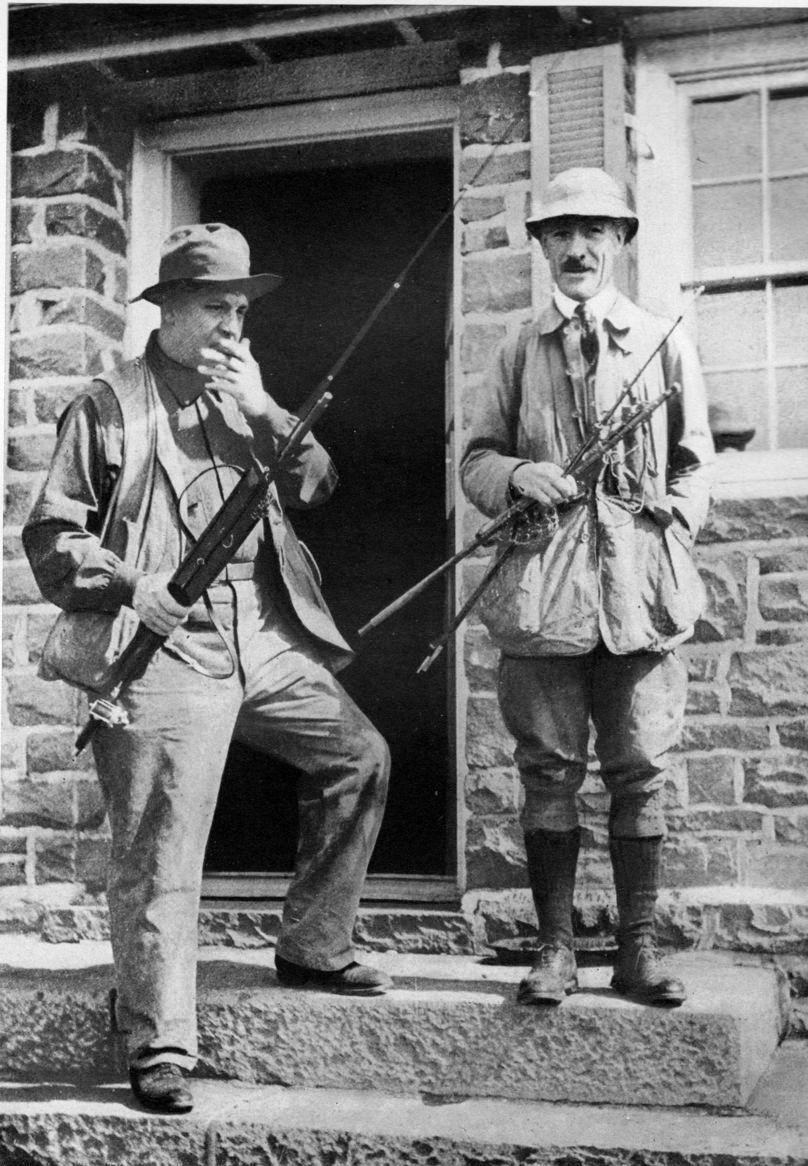Before You Start Tying Riffling Hitch Tube Flies: A Handy Tool for the Job Before…
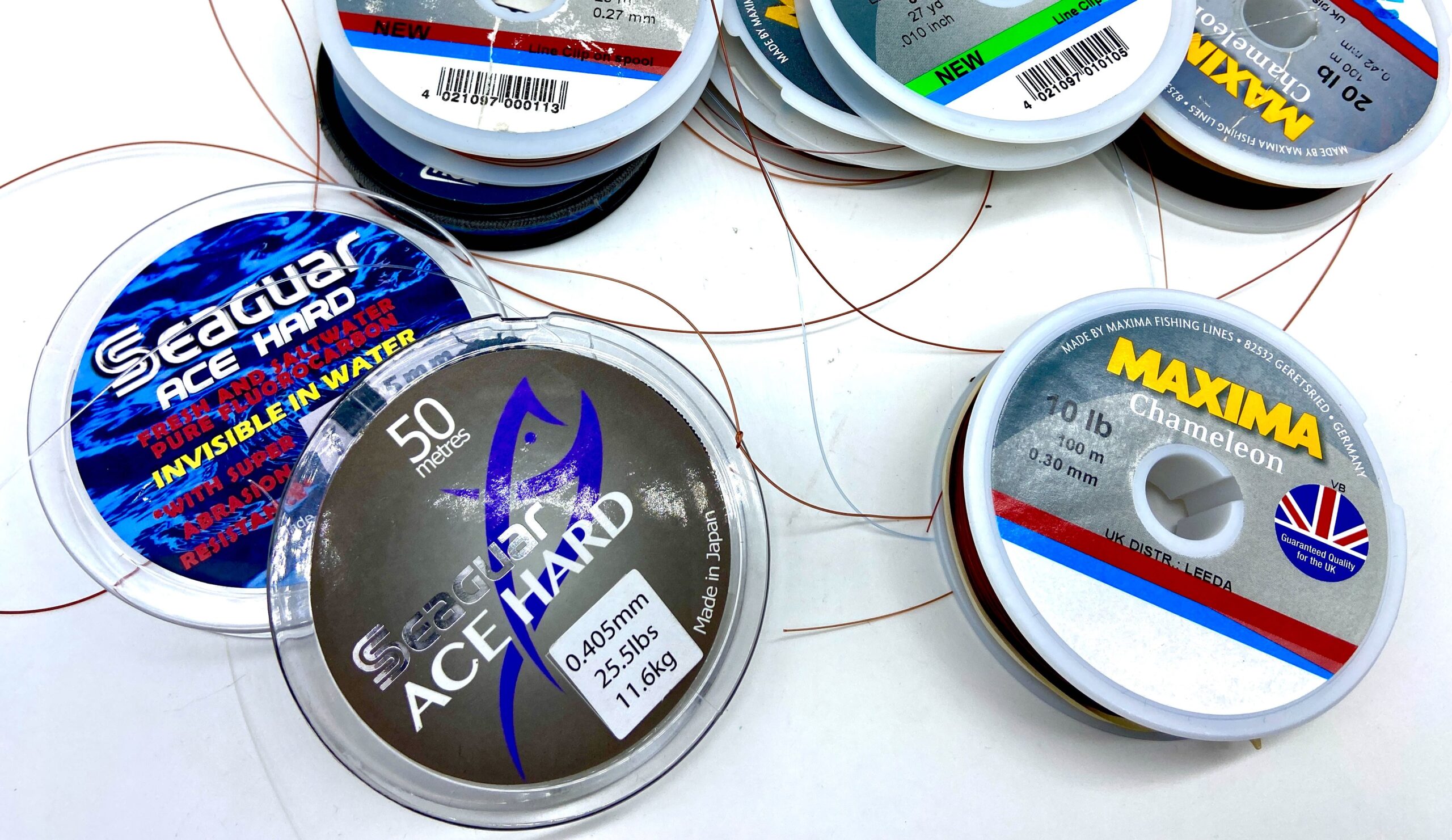
Fluorocarbon versus nylon
What is Fluorocarbon?
Fluorocarbons are chemical compounds with carbon-fluorine bonds Fluorocarbons, and their derivatives are commercial polymers, refrigerants, drugs, and anaesthetics. (source Wikipedia)

The first fluorocarbon line is produced in 1972
It is the Japanese manufacturing company Kureha in Iwaki city that developed and launched Seaguar, the world’s first fishing line made from fluorocarbon (PVDF), in 1971.
The material quickly became immensely popular among big-game and commercial fishermen mainly because of the light refractive index of fluorocarbon line so close to that of water making it less visible underwater, something quite significant, e.g. fishing for giant bluefin tuna with 200 lb mono – The fluorocarbon line also has other noteworthy features a.o lack of water absorbency, abrasion resistance and knot strength last but not least the speed fluorocarbon sinks through the water (it sinks faster than nylon) * something Ron Gray benefits from in his fishing with trailing micro flies.
Fluorocarbon is becoming more and more popular among fly fishermen.
Fluorocarbon has become distinctly popular over the last couple of decades. Many anglers I know do not think twice when buying a spool of fluorocarbon tippet material 6 – 7 times more expensive than a spool of quality nylon tippet material.

Is fluorocarbon line material necessary?
If you ask me as a sea angler fishing for tuna, mackerel and grey mullet I would say yes! … fluorocarbon will get you more fish on the bank.
The tuna species and mullets are fish that see and avoid things like nylon, and in this way, they may also deter from taking your bait when you use nylon.
Fluorocarbon for trout and Atlantic salmon
As an avid trout and salmon angler, I would say no… save your money and buy nylon for your fly attachment – doing so, I will probably have fellow anglers raising their eyebrows – but my experience with fluorocarbon has shown me that the material has few properties that would help me get more bites, saying so I acknowledge that fluorocarbon has so many abilities that could aid anglers in specific and special ways not know to me, making my advise a bit bias.
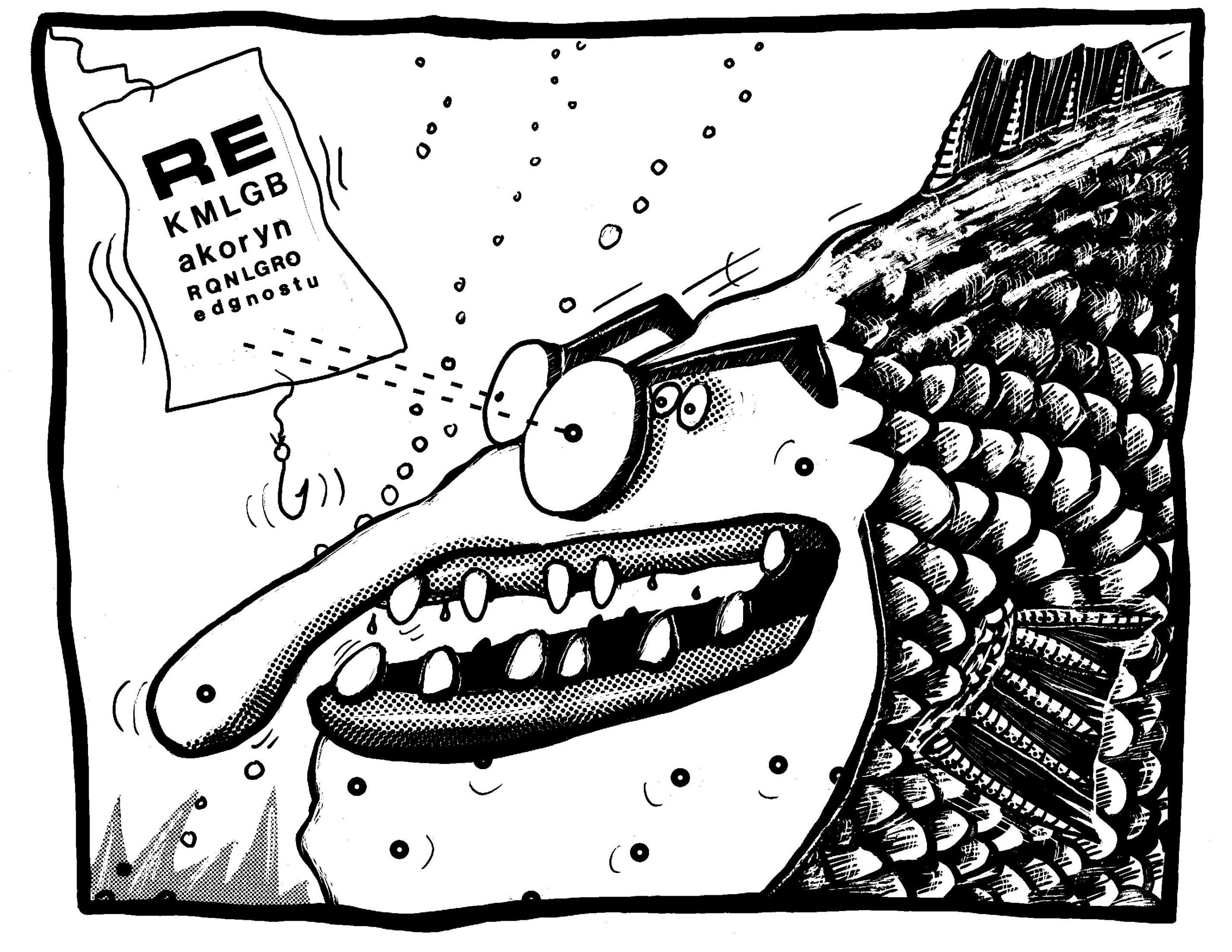
Salmon and trout don't seem to care about the light refractive index!
Since the 1980s, I have regularly used fluorocarbon in my fishing for sea trout (sea run brown trout) and Atlantic salmon. In the early days, I was sure that the low light reflective index of fluorocarbon would enable me to trick some of the wary trout and salmon I so often would encounter at the coast and in rivers – I gradually learned that these fish was just as uninterested and wary as they used to be with my flies fished on nylon – and overall I don’t think I have caught any more trout and salmon because of the use of fluorocarbon leaders or tippet material.
Fluorocarbon is stiffer than conventional nylon.
Generally speaking, fluorocarbon is stiffer than conventional tippet material, and it is also a lesser elastic material than nylon, which is not something I would benefit greatly from in my fishing for trout and salmon; on the contrary, I try to avoid stiff tippet material as I find that rigid leaders take away some of the life that small and medium fly patterns need to perform well.
I do also prefer a cushy and elastic nylon tippet to a stiff and less so flexible tippet material. Since I often fish for bigger fish with small hooks and light tackle in a sport where elastic tippet material comes in handy ….Read more on this hard fighting topic on our blog at Fishmadman (You have to lose salmon and steelhead on small flies)
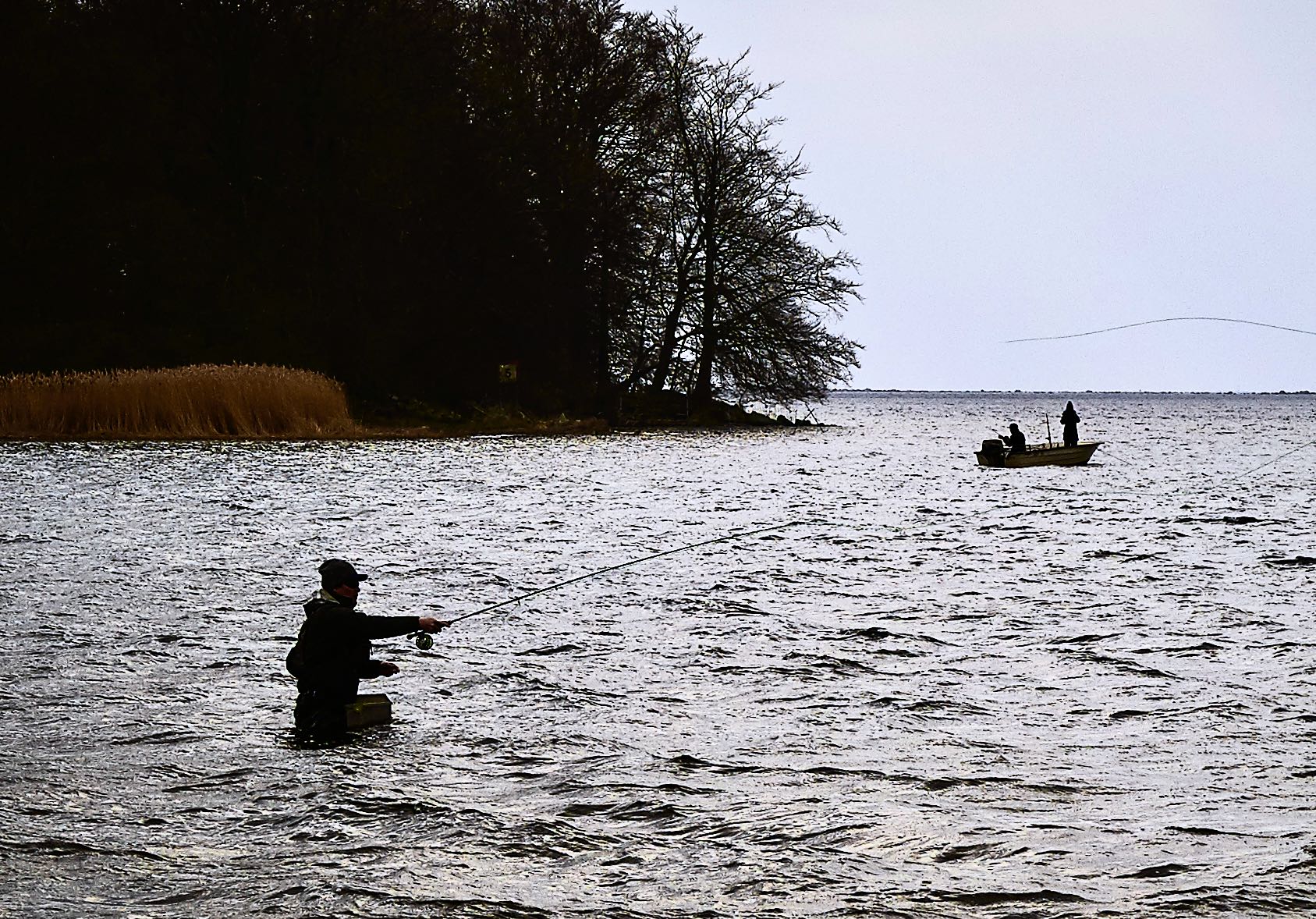
Using Shooting head on the coast? Fluorocarbon might be something for you
Per Fischer uses measures of fluorocarbon (Berkley Trilene 100% Fluorocarbon) to tie up his leaders when fishing with shooting head fly lines for sea trout and pike from the open coast. Per ties, his leader from 0.60-millimetre Fluorocarbon to 0.45, then 0.40 etc. ending in 6 or 8 lb (0.25 millimetre)
When using two flies on the leader, he also uses fluorocarbon material as this tangles less

Let's debate the subject of fluorocarbon
I believe that some of you may have had great experiences with fluorocarbon. If so I would welcome any relevant input and thoughts on the subject of fluorocarbon for trout and salmon, I will add your text to this page for anglers to see. If you feel inclined, please take time to write me about your thoughts at jesper(the a)fishmadman.com
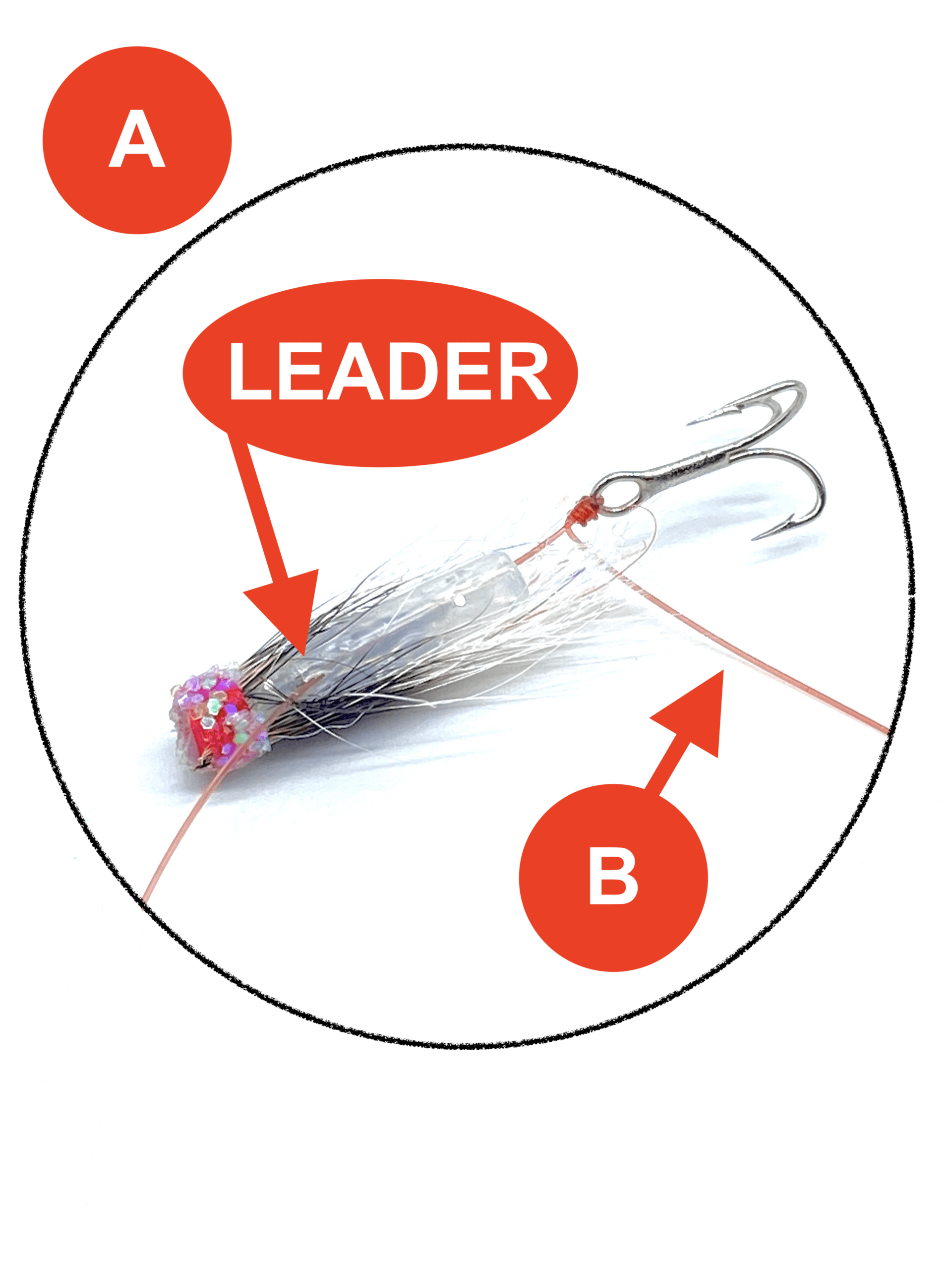
Micro stinger and hitch In Scotland - blog post
Read the blog post on using fluorocarbon in and trailing-fly setup



